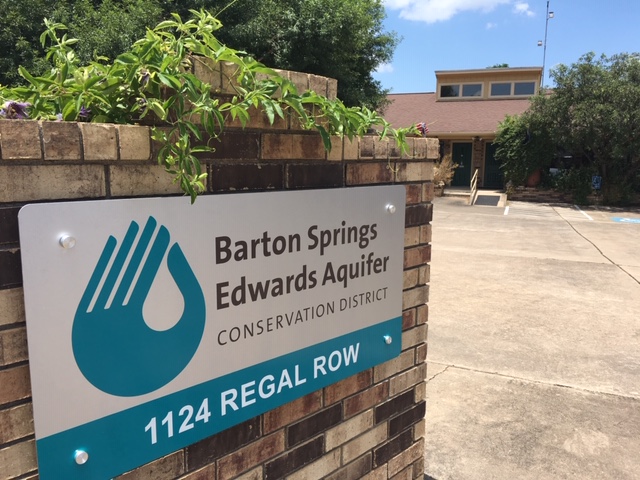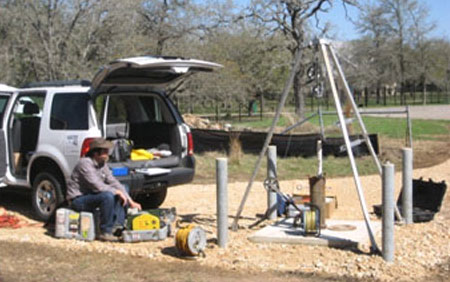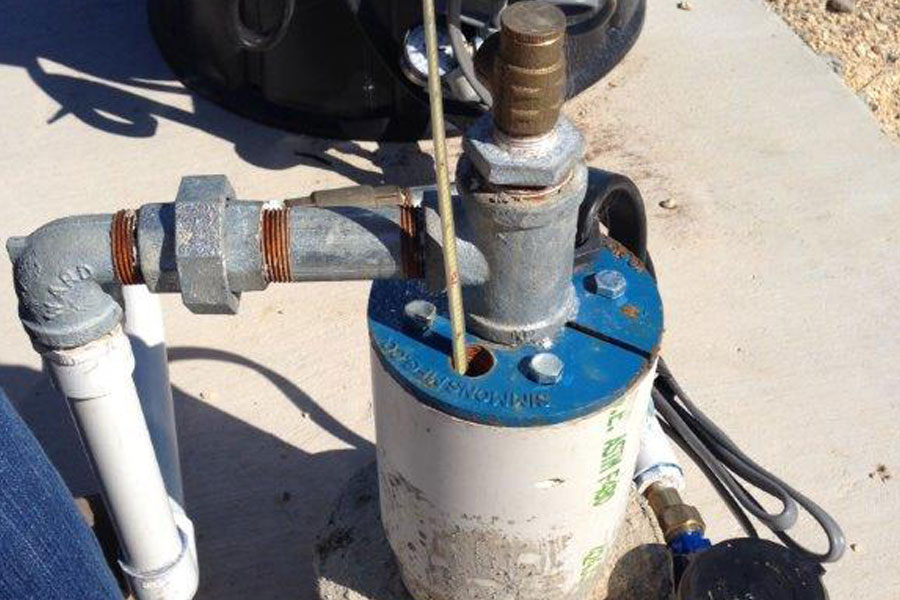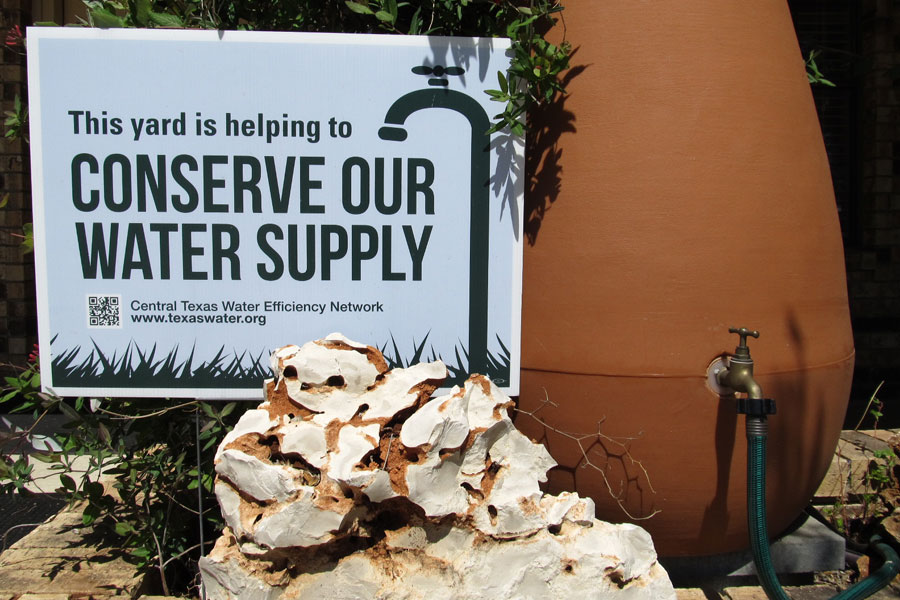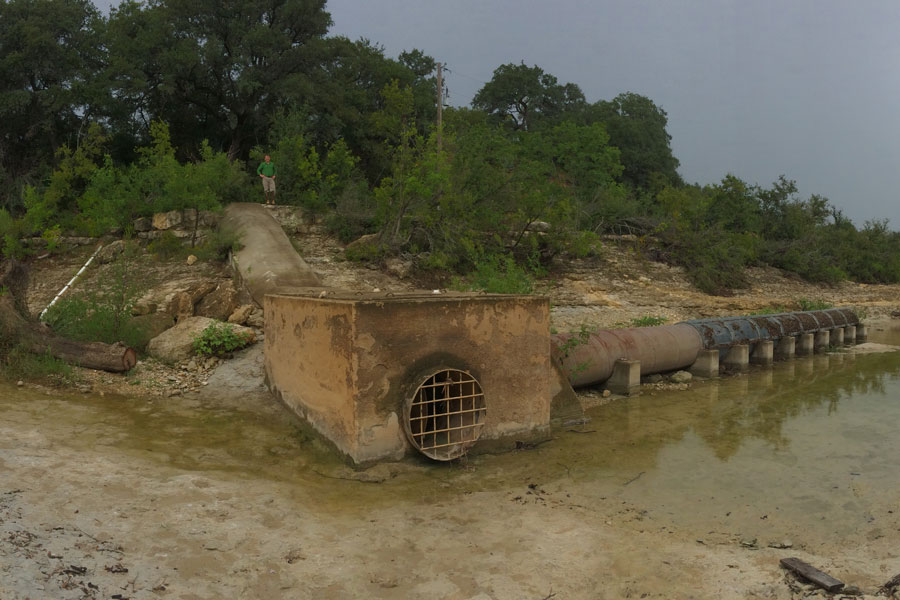Second Monitor Well Installed Near Jacob’s Well
A second groundwater monitor well (pictured below) was recently installed near Jacob’s Well to better understand flow in the Trinity Aquifer and how drought and pumping can affect flow from Jacob’s Well. The well is completed into the Cow Creek Limestone, which is the main aquifer unit in the Wimberley area. The Cow Creek Limestone makes up a portion of the Trinity Aquifer and supplies groundwater to numerous houses, ranches and business.
The well was drilled to a depth of 280 feet below ground surface. The well be used for measurement of water levels that will provide a good indication of the status of the aquifer. During drought, water levels will decrease in the well.
Following rainy periods, water levels will rise. Over a period of time of water-level measurements, we will be able to determine the health of the aquifer and the springs by comparing these changes in water levels. We are concerned about the amount of water in the aquifer due to increased demand for groundwater due to population growth and the inevitable droughts.
In March, the District completed the installation of a multiport monitor well in Hays County, also in the Jacob’s Well area. Data from this well help us monitor the Middle and Lower Trinity Aquifers.
Funding for the project came from Hays County, Hays Trinity Groundwater Conservation District, and BSEACD. We were given access to the property for the multiport well by Wimberley Valley Watershed Association. As mentioned above, Hays County also gave us access to a site in Jacob’s Well Natural Area for installation of a second monitor well.
We have six other multiport monitoring wells throughout the District that provide us with an abundance of information on what’s happening with the Edwards and Trinity Aquifers. Components for these multiport wells are provided by Westbay Instruments of Vancouver, Canada.
The Edwards and Trinity Aquifers are significant sources of water for industrial and agricultural use, for ecological resources, and are the sole sources of water for many people in Central Texas. That is why it is important for the District to monitor and understand the hydraulic relationship between the two aquifers.
